Northwest of Turkestan, the road connects it with Kyzylorda. On that road lie the ruins of the old city of Sauran.
From the 13th till the 16th century, Sauran was the biggest city in Kazakhstan, and a major node in the Silk Road caravan routes that connected East and West, trading goods and knowledge.
Today, we covered that bit of the Silk Road half alive half hungover in an old Soviet VAZ-2101 car (a Zhiguli), listening to the national anthem latest radio hit Sub Piela Ma at full-volume, trying to drive fast enough to get some wind, and cursing at every camel that crossed the road and forced us to stop and fall victims to the beating Sun. Sometimes the Silk Road is only as majestic as one wants it to be.
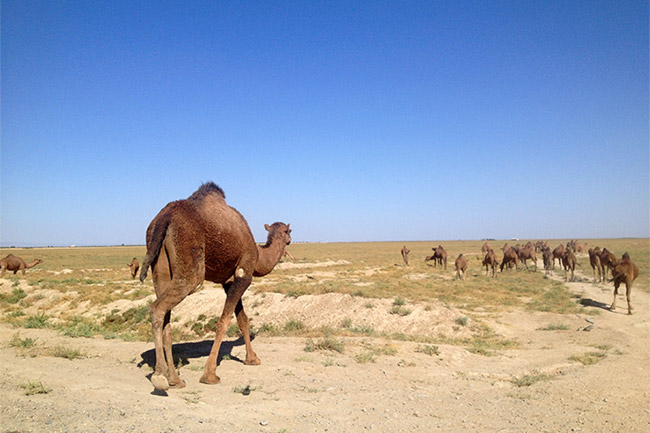
Krepost Sauran
Sauran, sometimes written as Savran and sadly never as Sauron, was built on the Syr Darya river. The entrance is located at 43.518596N, 67.772380E.
What remains are the archeological town, the restored entrance structure and the fortress (called krepost). There are many other ruined towns in the valley of the Syr Darya, but Sauran is the best conserved one.
When Chinggis Khan’s entourage could not assault the city directly, they went on to siege it for months until finally take it. The fortress’ limestone walls of that time are still standing. After the initial pillage, the city soon became the capital of the northwest sector of the Mongol Empire (the Golden Horde).
Flashforward a hundred years and the core of the city moved out of the fortress. Flashforwar again till the decline of the Silk Road around the 18th century, and the city was ultimately abandoned.
Once you step inside the fotress, you know you are somewhere special. As many other ghosts of the Silk Road, the air has traces of what happened in the place: family life, war, trade, agriculture, empires, cultures past.
While a large part of the circular fortress has been deteriored by the passage of time, many stretches still feature several meter tall, strong-looking walls. Inside the fortress, there are the ruins of a portion of a village that has been dug out. Many walls of bricks are still standing, and one can easily identify the rooms into which they divided the houses back in the day.
Walking along the wall clockwise, I met Mr. Kazakhstan, an old shepherd. Old man Kazakhstan was calmly leaning on a tilted wall, watching over his herd that was grazing outside.
He travelled the region on a donkey, and he spent long days alone out there. His handshake was kind, and his hands strong and rugged. He would speak gently, keeping his eyes on the horizon. He didn’t know about things beyond the valley, but he knew everything about the life and people of the steppes.
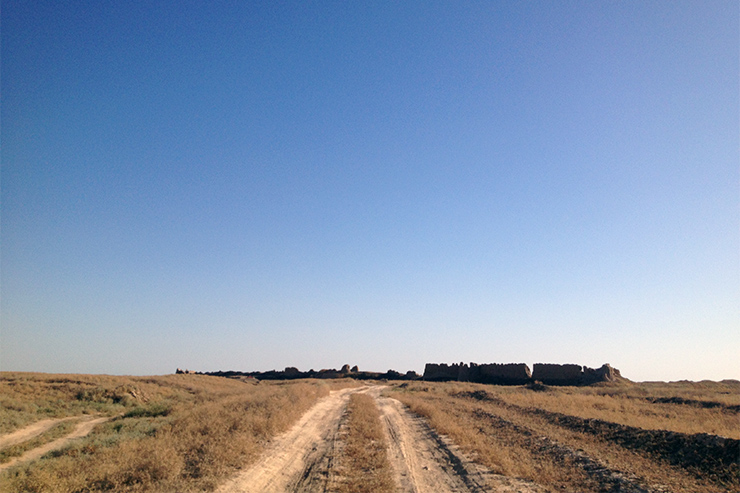
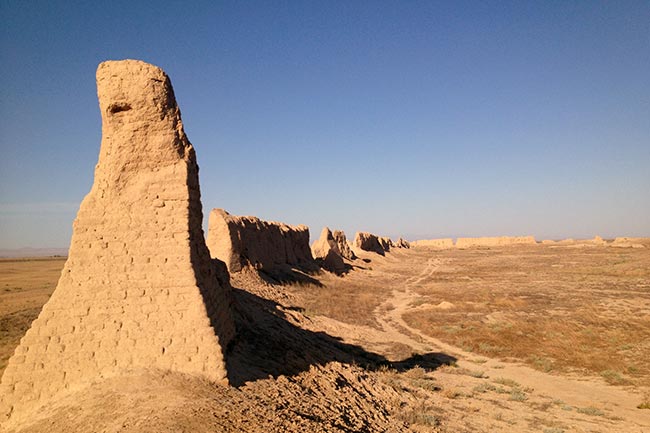
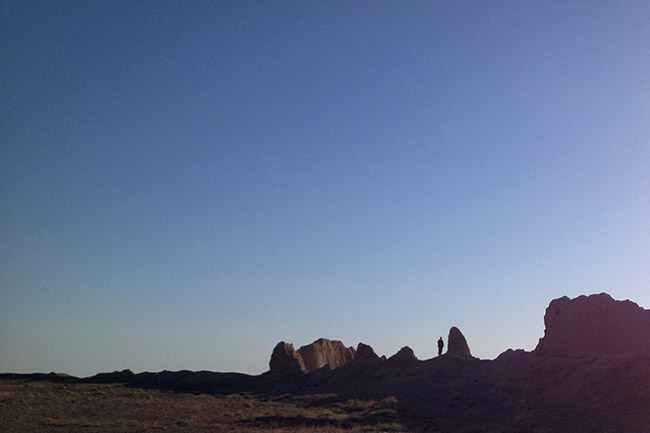
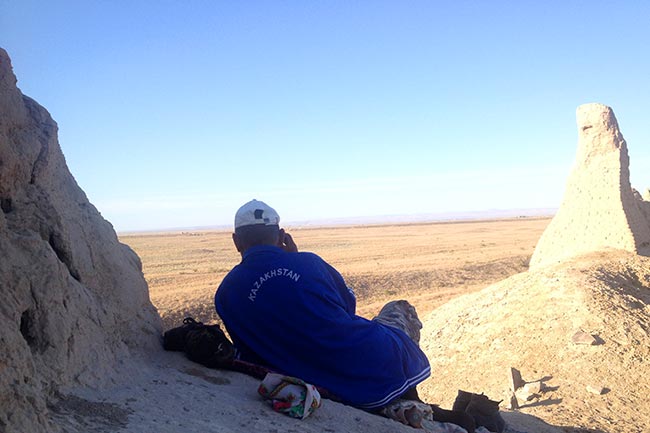
Otrar Oasis
“I am master of the lands of the rising sun while you rule those of the setting sun. Let us conclude a firm treaty of friendship and peace.” Chinggis Khan (aka Genghis Khan) sent this message in 1218 to the ruler of the Khwarezmid Empire (current Islamic states, or a big chunk of Middle East).
It wasn’t Chinggi’s intention to conquer those Islamic states and part of Europe, but the governor of Otrar fucked up.
At that time, Otrar was a city in the Khwarezmid Empire. Otrar’s governor ambushed a caravan of 500 Chinggis men on its way from Mongolia, and arrested everyone, claiming they were spies. Chinggis tried reasoning with Otrar’s governor, and sent three ambassadors.
Chinggis asked for the caravan to be set free and the governor to be punished. Instead, the governor killed everyone from the caravan and beheaded one of the ambassadors. Chinggis’ soldiers entered beast mode and swept the entire Khwarezmid Empire, and then continued conquering lands to the west. Oh, well.
Otrar Oasis had been a fertile valley thanks to the Syr Darya and Arys rivers. To noone’s surprise, Otrar is today a ghost town.
Arystan Bab Mausoleum
Eight kilometers southwest of Otrar there is a mausoleum. Arystan Baba was a religious mystic who died in the 12th century, who had ties with prophet Mohammad. 200 years later, the Emir repeatedly failed in building a mosque on the place of the Khoja Akhmet Yassawi’s grave in Turkestan.
So instead of hiring more skilled construction workers, he followed advice told to him in his dream, which basically said he had to build a mausoleum on Arystan Bab’s grave first alright, then karma would allow him to build whatever mosque he wished to build. And that’s how this place came to be. It is now a pilgrimage destination.
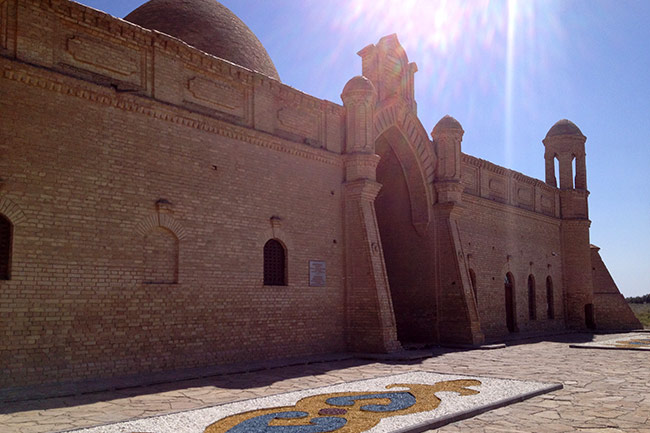
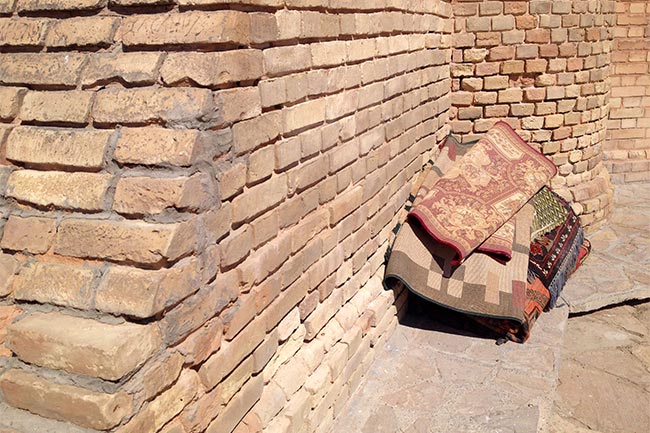
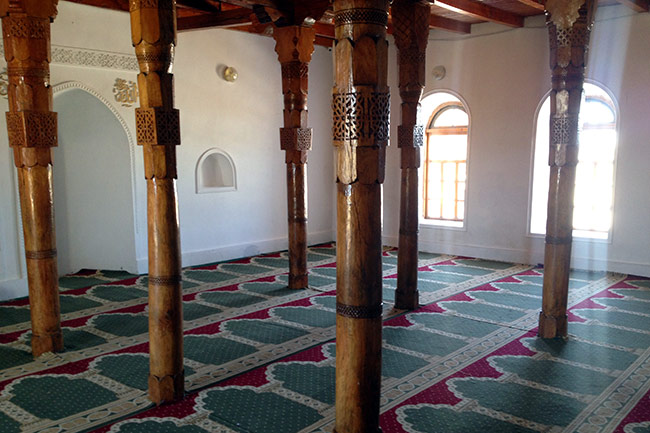
Otrartobe ruins
These ruins are one of the many settlements in the Oasis. The ruins of the residential complex are rather basic, but still provide some info about the culture of Otrar before the Mongol invasion. During this invasion, all these settlements around Otrar got razed to the ground.
Typical home layout was two to three rooms and a restroom. The rooms were heated by the tandoors, and they had no chimney. The houses were built tightly together and grouped into blocks. The town used to have a citadel as well as two bathhouses.
The ruins are beautiful and make for an interesting trip. Other than this, we know for sure that families there lived happily until the governor went mental.
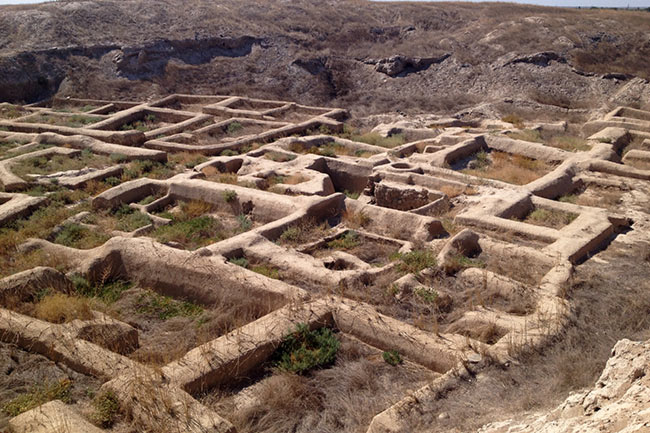
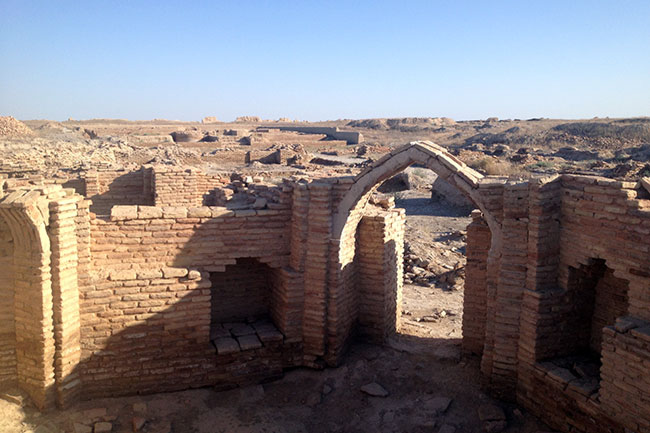
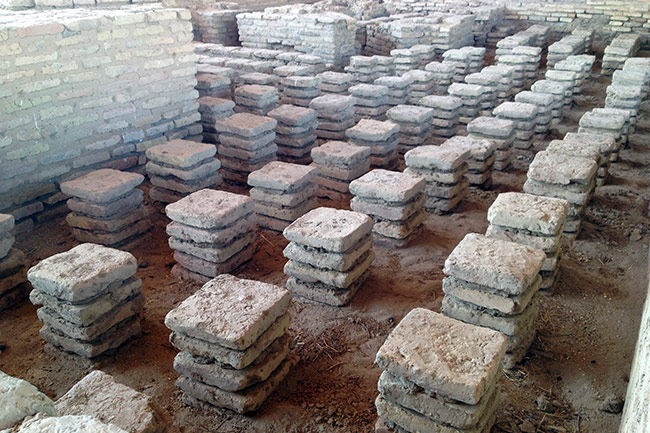
What: Sauran fortress, Otrar mauseoleum, Otrar ruins
Where: Turkestan, southern Kazakhstan